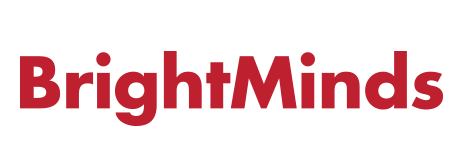We have all seen it – the effect that social media has on people. It is thus wise for companies to connect with key audiences via various social media platforms. We tell you how and why you should make use of social media to form your connections.
The intelligence, multi-faceted aspect and user-friendliness of social media platforms appeal to a new generation of web users focused on collaboration and idea-sharing. And supported by the capabilities of our mobile devices, social media applications take up a fair bit of our time – regardless of whether we are browsing through news feeds or receiving updates from our friends.
As users remain glued to their phones containing their favourite social media applications, it is wise of companies to connect with their customers through these social media platforms. However, getting started without experience or insights can prove to be challenging.
Employer branding
In our previous posts (here and here), we talked about the importance of building a reputable brand name. To achieve this, companies need to use social media to connect with their audience and build brand loyalty through carefully-crafted content.
For instance, Singapore Civil Defence Force cleverly uses Twitter and Facebook to share key messages and address public concerns. Their social media marketing team often analyse current trends and ingeniously weave them with safety tips, resulting in entertaining posts which garner a good number of shares and a growth in fan base.
Key Takeaway: In order to establish a positive name on the Internet and position yourself as an employer of choice, organisations need to think about the kind of messages they want to portray which exude a spirit of light-heartedness and good humour, as well as make references to current trends. This should also be done on the right social media platforms!
Learn about your audience
Knowledge about your target audience is key in tailoring successful campaigns. Organisations can use tools such as Google Analytics and Socialbakers to study current social media trends and uncover how people respond to various types of content.
An instance of excellent target audience understanding and social media use is Scoot’s engagement with local gag site SGAG. As a low-cost carrier, Scoot understood that followers of the gag site fit right into their target demographic. By engaging in witty online banter and issuing a ‘Likes-for-tickets challenge’, the airline’s promotional campaign fulfilled its objectives and went viral, achieving over 15,000 likes.
Key Takeaway: To run successful online campaigns, companies need to study their audience demographic in detail and work out the best plan to effectively reach them.
Crisis management
Updating your social media profiles in times of crisis is definitely tricky and requires great finesse. In seconds, a misrepresentation of events can reach the masses and spread like wildfire, shattering a brand’s image.
AirAsia demonstrated transparency, tact and empathy when it handled its social media profiles during the aftermath of the AirAsia QZ8501 disaster. Founder and CEO Tony Fernandes effectively used Twitter and Facebook to provide legitimate facts as events unfolded. This made him the focal point of recovery effort updates and he was able to assure people that AirAsia was working hard to locate their loved ones.
Key Takeaway: In times of crisis, people expect brands to show empathy and address problems in a rational manner. When they handle things well, companies can come out of a crisis with new converts and a strengthened customer base.
As consumers become increasingly tech-savvy, businesses too, need to keep themselves on their feet to remain competitive on the online landscape. By using effective analytics solutions and engagement tactics on social media, brands can gain increased loyalty, market-share and tailor successful campaigns with high returns on investment.





